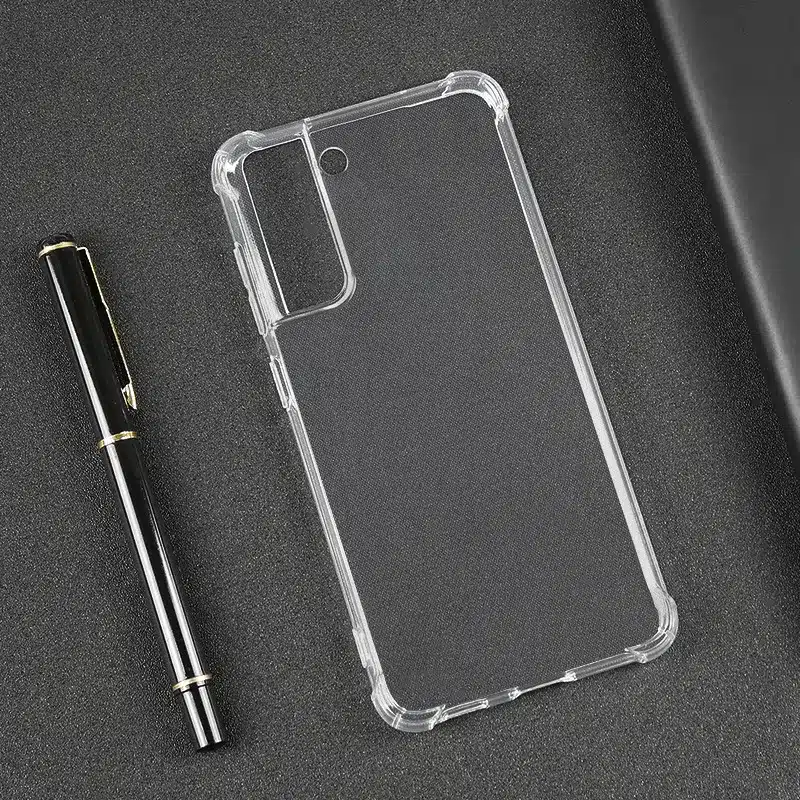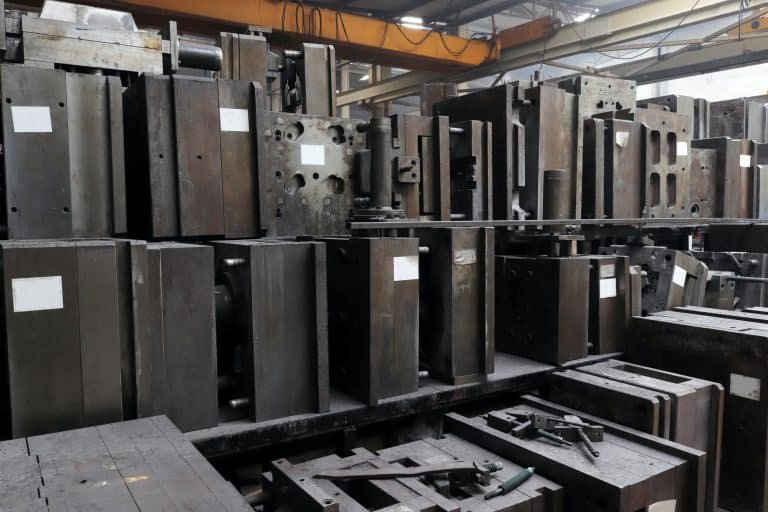In the bustling realm of smartphone accessories, mobile phone cases are essential guardians, shielding our beloved devices from the perils of everyday life. Behind every durable and stylish phone case lies a meticulously crafted mold, the cornerstone of the manufacturing process. As designers and engineers embark on the journey of developing these molds, a myriad of factors come into play, each demanding careful attention and consideration to create high-quality, functional, and aesthetically pleasing phone cases. From material selection to design intricacies, let us delve into the critical factors shaping mobile phone case mold development.
Material Selection
At the heart of every successful phone case mold lies the choice of materials. The selection of materials not only influences the durability and functionality of the mold but also dictates the characteristics of the final product. Various factors must be weighed when choosing the appropriate material, including mechanical properties, thermal stability, and compatibility with manufacturing processes.

Traditionally, metals like aluminum and steel have been favored for their robustness and heat resistance, making them ideal candidates for producing high-volume phone case molds.
However, advancements in polymer science have introduced a wide array of thermoplastics and composite materials that offer comparable performance with added benefits such as lighter weight and lower production costs. Moreover, considerations for environmental sustainability have spurred interest in biodegradable and recycled materials, aligning with the industry’s growing commitment to eco-conscious practices.
Material Keys: Material selection, durability, functionality, thermoplastics, sustainability
Precision Engineering
The success of a mobile phone case mold hinges on its ability to faithfully replicate the intricate contours and dimensions of the desired design. Precision engineering plays a pivotal role in achieving this objective, demanding meticulous attention to detail and adherence to tight tolerances throughout the design and manufacturing process.
Computer-aided design (CAD) software has emerged as an indispensable tool for mold designers, enabling the creation of highly intricate and customizable designs with unparalleled accuracy. From precise cutouts for camera lenses and ports to intricate surface textures and embellishments, CAD technology empowers designers to bring their creative visions to life while ensuring compatibility with the manufacturing process.
Furthermore, the integration of advanced manufacturing techniques such as CNC machining and additive manufacturing facilitates the production of complex mold geometries with unprecedented speed and precision. By leveraging these cutting-edge technologies, designers can push the boundaries of mold design, unlocking new possibilities for innovation and differentiation in the competitive landscape of smartphone accessories.

Meeting Market Demands
In the dynamic world of consumer electronics, agility, and scalability are paramount virtues for manufacturers of mobile phone case molds. The rapid pace of technological innovation and shifting consumer preferences necessitate a flexible and responsive approach to mold development, capable of accommodating changing market demands and emerging trends.
Modular design principles offer a promising solution to this challenge, allowing for the rapid reconfiguration and adaptation of molds to accommodate different smartphone models and design variations. By modularizing key components such as mold inserts and interchangeable cavities, manufacturers can streamline the production process, minimize lead times, and capitalize on economies of scale.
Moreover, digital prototyping and simulation tools enable designers to iterate rapidly on mold designs, testing various configurations and optimizing performance parameters before committing to physical production. This iterative approach not only accelerates time-to-market but also reduces the risk of costly errors and design flaws, ensuring that mobile phone case molds remain agile and adaptable in the face of evolving market dynamics.

Quality Assurance
In an industry driven by consumer trust and brand reputation, quality assurance emerges as a non-negotiable imperative for manufacturers of mobile phone case molds. From material sourcing to final inspection, every step of the manufacturing process must adhere to rigorous quality standards to ensure the production of consistently high-quality phone cases.
Comprehensive material testing and validation protocols help identify potential weaknesses or defects in raw materials, enabling manufacturers to mitigate risks and ensure product reliability. Similarly, stringent quality control measures during the molding process, including mold inspection and dimensional verification, help safeguard against imperfections and deviations from design specifications.
Furthermore, ongoing monitoring and feedback mechanisms enable manufacturers to continuously improve their processes and address any issues that may arise during production. By prioritizing quality assurance at every stage of the manufacturing process, manufacturers can instill confidence in consumers and uphold their reputation for excellence in the competitive marketplace.

Conclusion
The development of mobile phone case molds is a multifaceted endeavor that demands a holistic understanding of materials science, engineering principles, and market dynamics. By carefully considering factors such as material selection, design intricacies, adaptability, scalability, and quality assurance, manufacturers can navigate the complexities of mold development with confidence and precision, ensuring the creation of mobile phone cases that combine durability, functionality, and aesthetic appeal in equal measure.
If you are still having trouble finding the phone case Mold manufacturer, please contact BFY Mold. Here you can get free one-to-one mold development advice. And how to effectively reduce your production costs and improve production efficiency in mass production.










